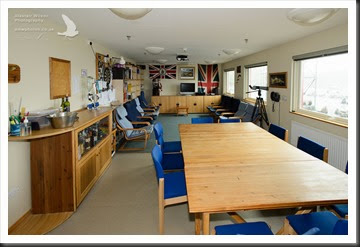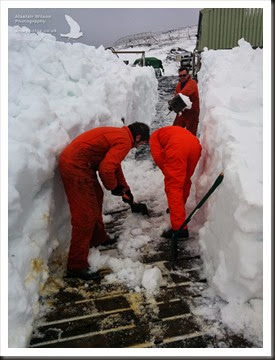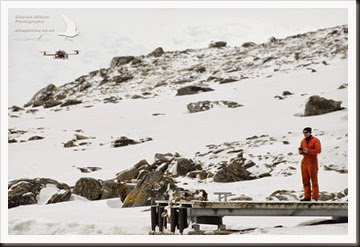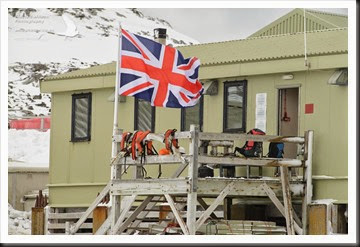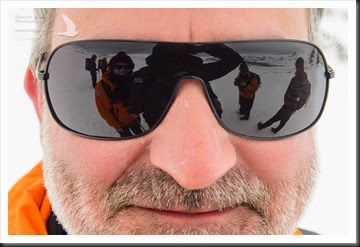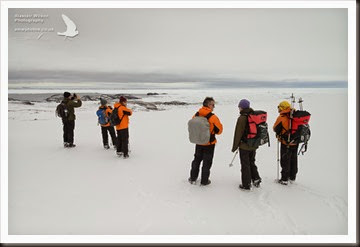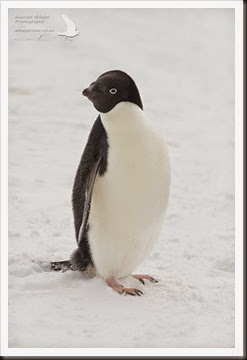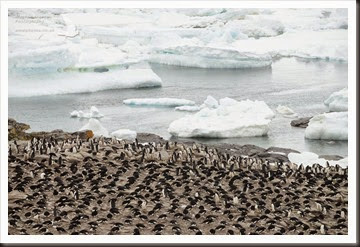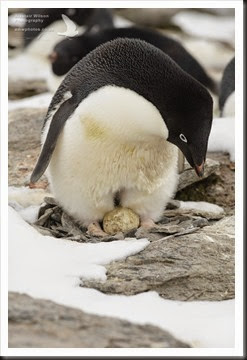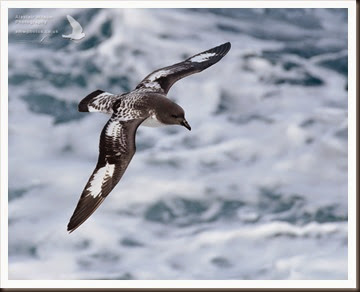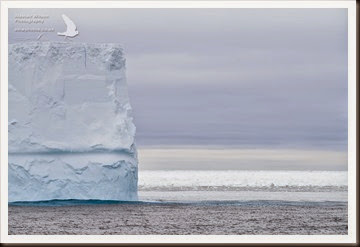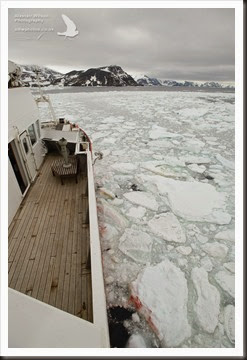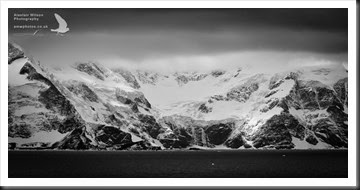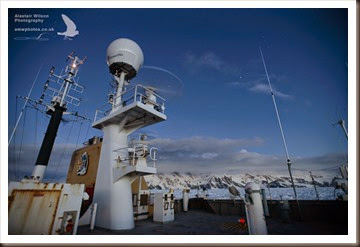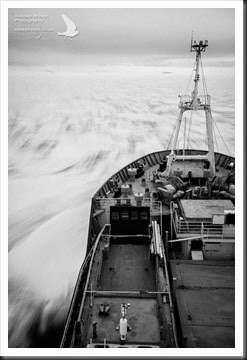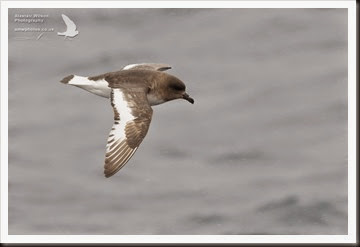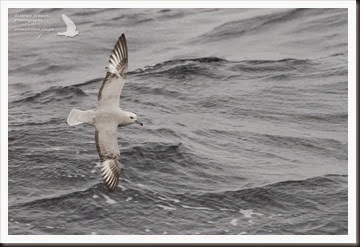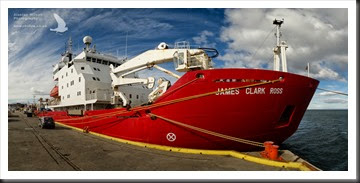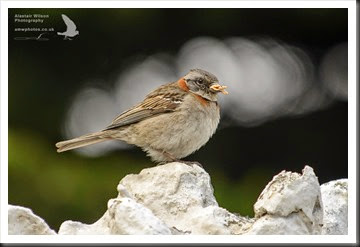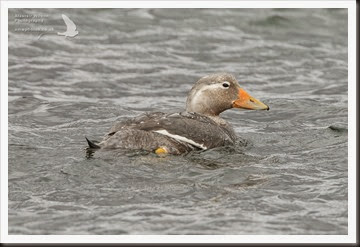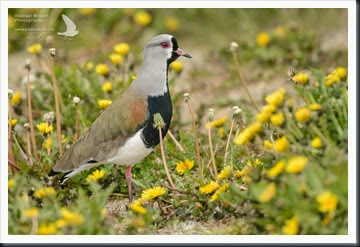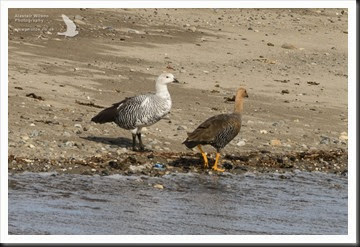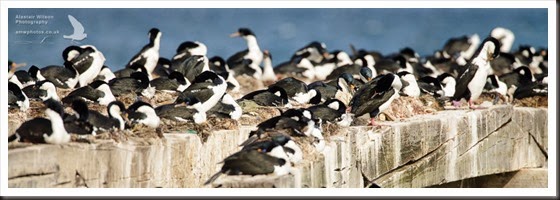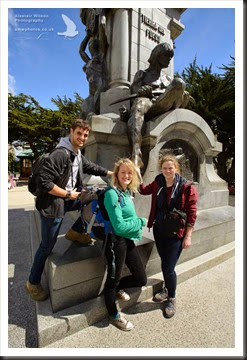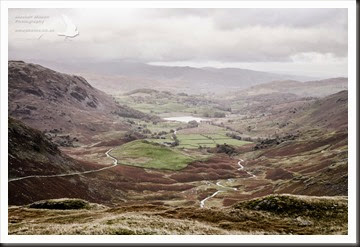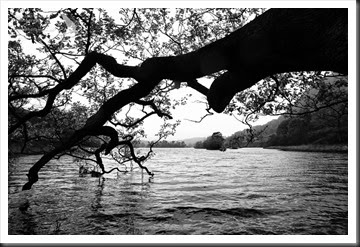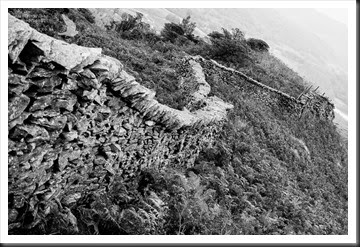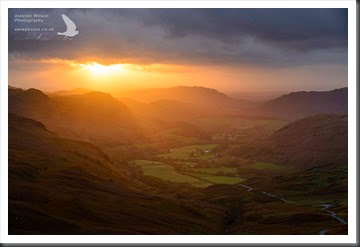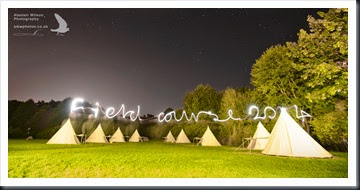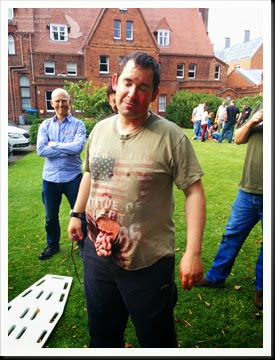With a variety of delays on the JCR, getting the base going at Signy, and a few hitches with scientific equipment, we arrived on Bird Island on the 1st December, 20 days after leaving the UK. The sea was a bit rough, so we were dropped off by inflatable with only essential kit.
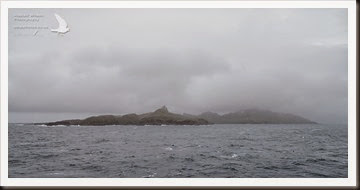 Our first view of Bird Island.
Our first view of Bird Island.
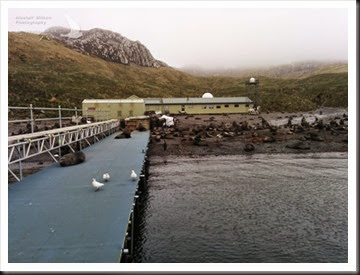
Finally ashore after 20 days traveling.
Once we were ashore the JCR headed round to King Edward Point where the sheltered bay gave a better opportunity for getting some work done in the windy/choppy seas. It also gave us the chance to get settled into base and have a look around before the madness of resupply.
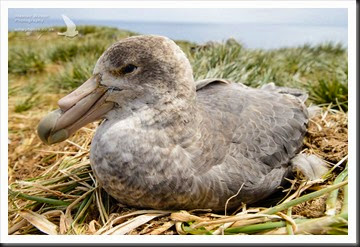
One of my study species, a Southern Giant Petrel
Giant Petrels can be often seen on the shores of South Georgia ripping apart penguins and seals, with their heads buried in the the carcass to get to the juicy innards. After washing the blood from their heads and heading back to their nests they are rather nice birds, and can be remarkably friendly, preening your hand gently when you’re checking for an egg.

‘Big Mac’ 80,000 Macaroni Penguins, I’ll be counting them soon!
Looking down towards base from Tonk ridge
Fur seals prefer to lie on the walkways off the wet ground, this makes it interesting when you’re trying to do resupply, wheeling trollies of supplies up and down, rolling drums of waste and fuel, and just trying to get between the different buildings!
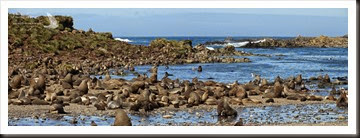
Plenty of Fur Seals on the beach
The rooms are comfortable and there is plenty of space. Bedrooms are shared during the summer and for a few days there were three of us in this room (there is a spare drop down bed over the desk. During the winter we will all have our own bedrooms.
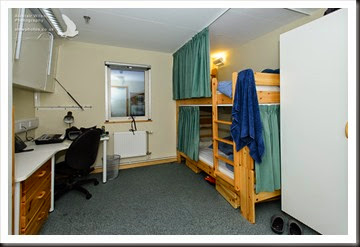
My bedroom, I’m in the top bunk
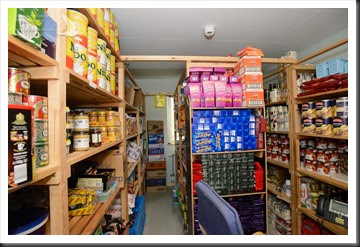
The food store, dried, tinned, preserved foods
The dining room/lounge is a nice big room, comfortable chairs, plenty of books and DVD’s, and even a projector, screen and surround sound for a makeshift cinema. In the windows there are marine blackout blinds. These are closed at night so that night flying seabirds don’t crash into the buildings, they are attracted to the lights at night, especially when there is poor visibility. Evening meals are eaten at 8pm and cooked in turn by everyone on base. Saturdays are a three course dinner and Sundays a roast. Wednesday and Sunday nights are movie nights, with the cook choosing the movie.
That’s all for now, my turn for the Saturday night dinner, better get cooking.


